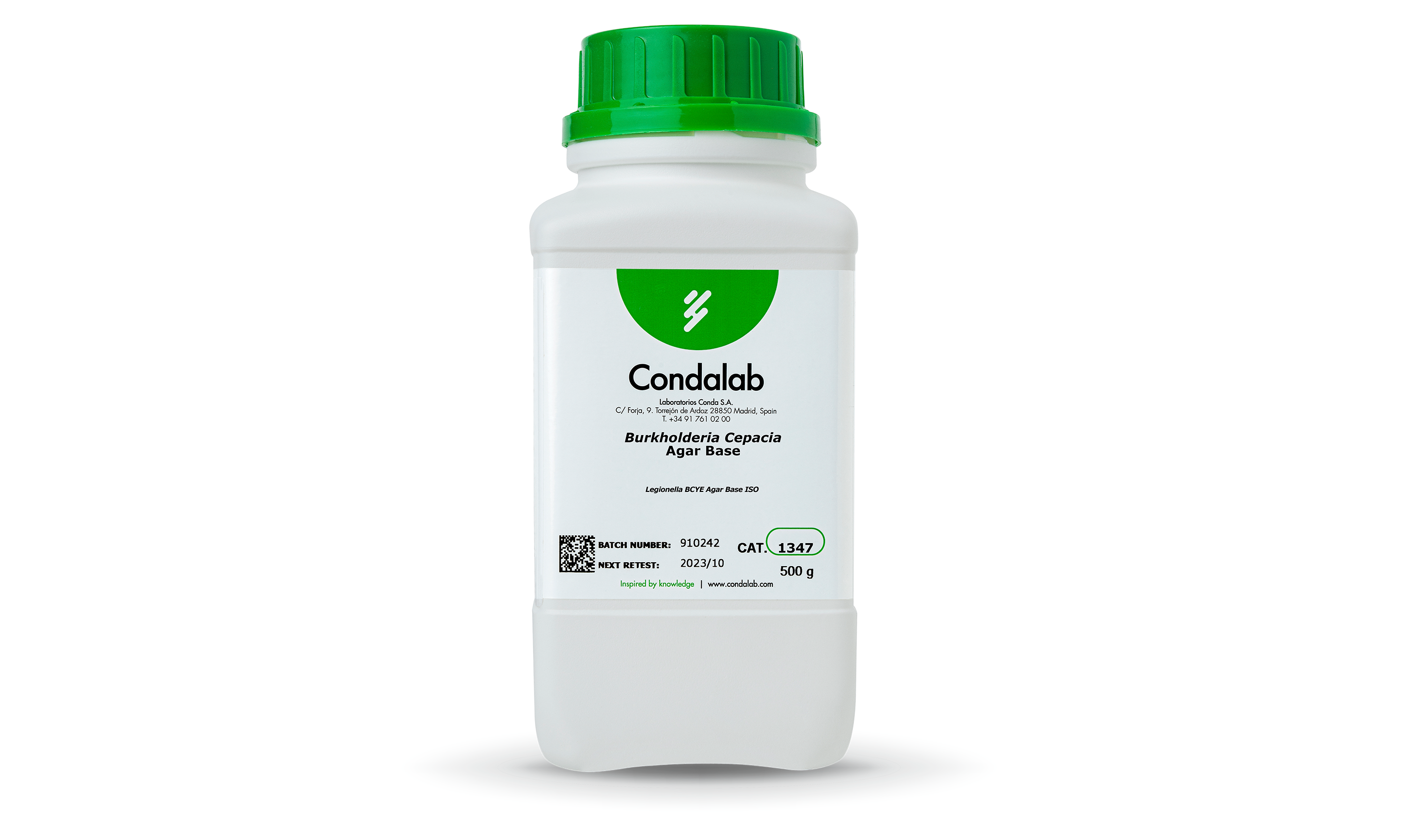Burkholderia cepacia: An Emerging and Unexplored Pathogen
Burkholderia is not just a single species; rather, it encompasses around 70 different species, the majority of which are known to cause diseases in plants. Only a small number of these species have been found to affect humans.
In 1950, Walter Burkholder initially identified a phytopathogenic organism responsible for onion rot and named it Pseudomonas cepacia. However, it wasn’t until 1981 that this organism was recognized as a distinct species. Subsequently, in 1992, genetic studies led to the establishment of a new genus named Burkholderia, and the species previously known as Pseudomonas cepacia was reclassified as Burkholderia cepacea. Over the years, further research has been conducted to understand the genetic relationships within this genus, resulting in the inclusion of nine additional species in the Burkholderia cepacea complex (BCC) in 2013, based on the recA gene, which codes for recombinant protein A.
Currently, the Burkholderia cepacea complex comprises 20 species of gram-negative bacilli that are motile due to the presence of one or more flagella. They are aerobic and non-spore forming. Identifying specific species within this complex using traditional methods is challenging since they share similar phenotypes. Although efforts have been made to isolate and identify the BCC, it remains an ongoing challenge as different species within the complex exhibit varying behaviors, such as biofilm formation.
In recent years, the Burkholderia cepacea complex has become a major concern for both patients and manufacturers of pharmaceuticals and personal care products. These opportunistic pathogens have been linked to diseases, particularly affecting vulnerable populations. Consequently, regulatory agencies like the FDA have issued product recalls due to the presence of BCC species in various products. Manufacturers have been prompted to reassess their microbiological controls and protocols to prevent the contamination of their products by the BCC.
Our knowledge of this group of microorganisms continues to evolve, considering its clinical impact and the significance of maintaining microbiological controls during the production process. Certain species within the BCC, such as B. multivorans and B. cenocepacea, have been associated with diseases and fatalities in immunosuppressed individuals, highlighting the risk they pose to vulnerable patients.

Although BCC presents a high risk to immunocompromised patients, there have been reported cases of disease caused by this group of bacteria even in healthy individuals. Studies have shown that BCC is highly contagious and virulent, capable of transmission between people.
Recognizing the potential risks, the FDA issued a statement in May 2017, cautioning companies producing non-sterile water-based products about the possibility of contamination by BCC species. Most product recalls due to BCC contamination have been associated with non-sterile products such as disinfectants, oral drugs, eye washes, nasal sprays, or body creams. These products require substantial water consumption during large-scale industrial production, which creates a conducive environment for biofilm growth. Biofilms are difficult to eliminate due to the bacteria’s ability to develop resistance to disinfectants and antimicrobial products, and BCC species have a high affinity for colonizing these biofilms.
To address this issue, Condalab offers a specific culture medium, Burkholderia cepacea Agar Base, designed for isolating species from the BCC complex. This medium ensures high selectivity and specificity, inhibiting the growth of Pseudomonas spp. The colonies appear as 1-2 mm diameter pink precipitates, making them easy to identify. Results can be obtained within 48-72 hours, and the culture medium is formulated with top-quality components to ensure accuracy.





